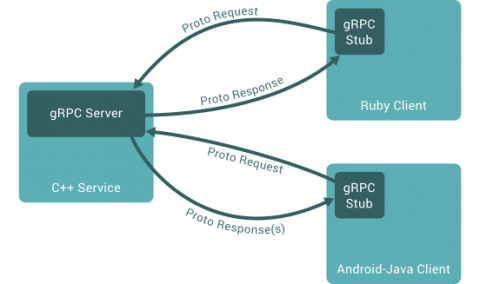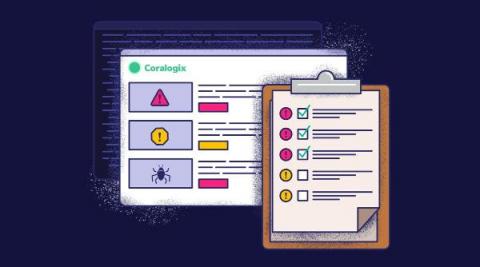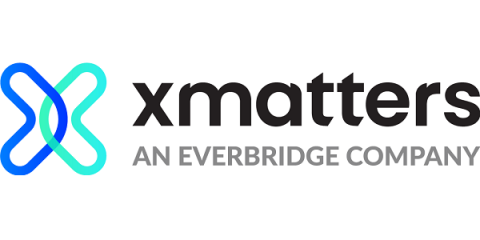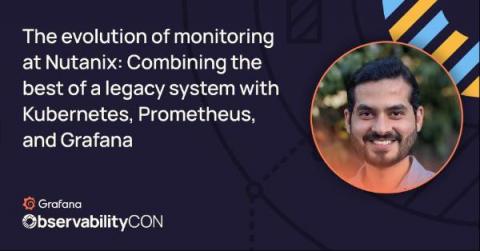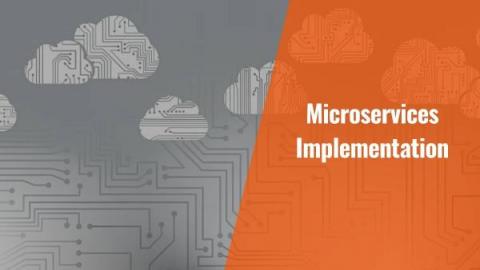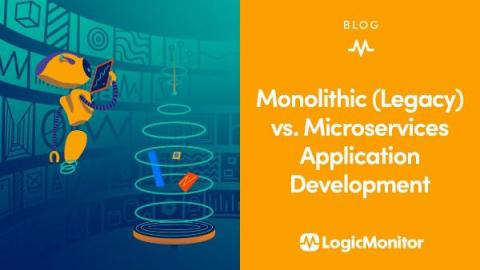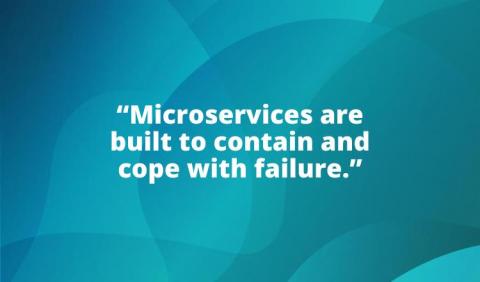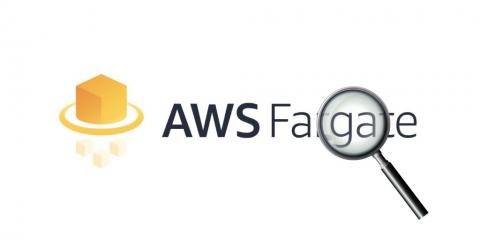Continuous Test Data Management for Microservices, Part 2: Key Steps
In my prior blog, Continuous Test Data Management for Microservices, Part 1, we offered an introduction to the key approaches for applying continuous test data management (TDM) to microservices. The continuous TDM process for microservices applications is similar to that for general continuous TDM (see figure below), but tailored to the nuances of the architecture. In this post, I’ll outline the key steps for applying TDM across the lifecycle.



